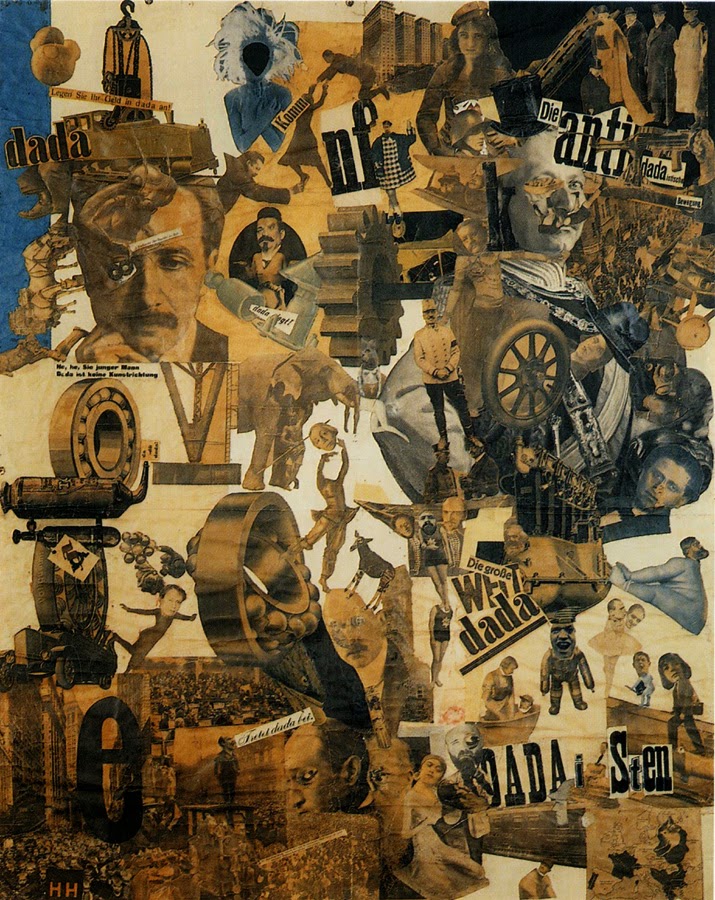Japanese road camps: Laying groundwork for a project
 |
| On McIrdy Mountain in the Rocky Mountains. I'm wearing an army coat that originally belonged (I think) to a Japanese-Canadian uncle who served in the Canadian military. While in the region I photographed 1942 forced labour sites of a previous generation of Japanese men. |
Japanese road camps
Laying groundwork for a project
The year of twenty thirteen was a peculiar one for me. I’m not entirely sure how I got through it.Two cross-Canada train trips, lots of tense negotiating, worn-out shoes, and dragging around of enormous bags. Constant sense of frustration. Trying to accomplish things with a four-figure gross income cobbled together through seven separate jobs (and two of them didn’t end up providing any work). The list of people deserving heartfelt thank-yous is long.
2013 in review: I photographed Japanese work camp locations between Jasper, Alberta and Blue River, British Columbia (North Thompson and Yellowhead regions). Later that spring I was fortunate to be given a tour, by archaeologist Bob Muckle, of a pre-war Japanese work camp site in the Seymour Valley. At the Nikkei National Museum in Burnaby, B.C., I met the Tashme Project research group. I also dropped by Powell Street in Vancouver, B.C. to check out the Japan Town demolition situation.
Travelling as they travelled
This year, I chose to travel by train, which is how the Japanese were moved around during the removal process. I was rewarded with a train-traveller’s perspective of an older Canada oriented on rail stops.They still remember
 |
| Members of my family enjoying a Christmas jam session. It was a long time ago but local memories remain of the Japanese men who were taken from their families and sent here to work. |
Residents here are keenly aware of their local histories. Those histories include interactions with the Japanese men who were imprisoned here and forced to work.
Over a few dinner invitations, many interesting things emerged. Stories were shared, and “people to speak to” surfaced. The aged still remember details about those days and have answers. Time is running short.
 |
| “Rainbow” camp on the shore of Moose Lake in the Yellowhead Pass. Or rather, where it used to be. In 2013, Rainbow is nothing but asphalt. |
Much has already been lost
Many of the camp locations have been utterly eradicated. They were built on grades that were perfect for later highway and railway construction. In a way, the prisoners’ own work destined traces of their presence to be erased.Southern research
 |
| Aboard the VIA train, overlooking the South Thompson river. The North Thompson River, a northern tributary, was a familiar part of life for Japanese road camp workers north of Blue River in 1942. |
South of “Yellowhead,” sophisticated research resources are much easier to access. However, few people in the south have any access or inclination to study this faraway part of the world. The region is as remote and alien to most Japanese Canadians today as it was then. Small on a map, vast in reality.
My resources were not quite enough to schedule regular research visits to the Nikkei national archives in Burnaby, but I made the relevant connections required to do so when the opportunity arises. Presently, I live in Toronto which places me a stone’s throw away from an important repository of history at the Japanese Canadian Cultural Centre. I am also much closer to the National Archives in Ottawa, which is the sole location of many important records. Decent groundwork has been laid for a research project which I believe to be historically important.
So. Year-of-twenty-fourteen. What’s going to happen next?





Comments
Post a Comment
Thank you for your comment! I'll reply as soon as I can.